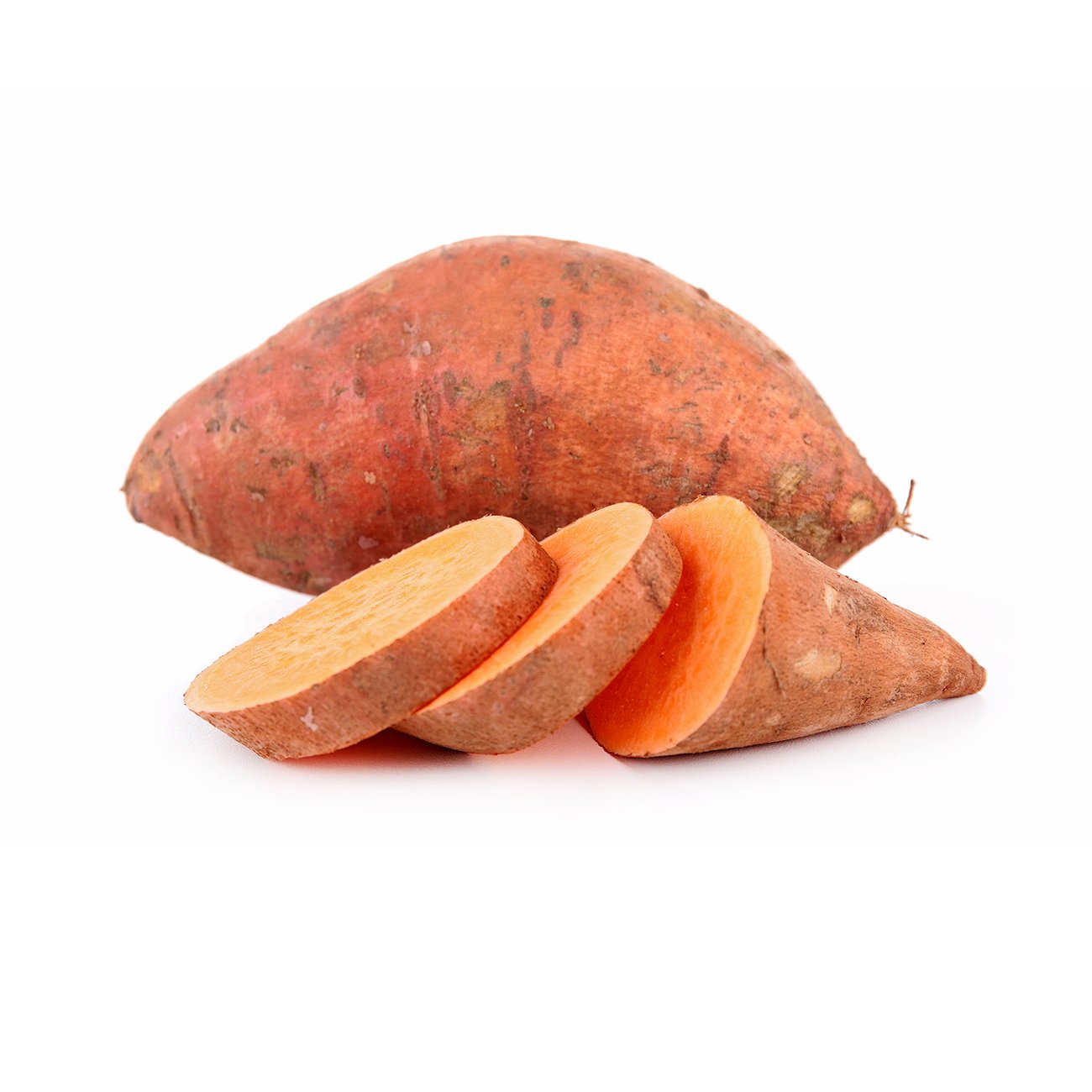Cassava
You might be more familiar with the powdery dried form: tapioca.
Alternative Name
Balinghoy, kamoteng kahoy, mandioca, manioc, manioc root, mogo, yuca
Scientific Name
Manihot esculenta
Health benefits
Bones & joints Brain & nervous system Energy & metabolism Heart Immune system
Cassava is a starchy root vegetable native to South America. It is a major source of carbohydrates in tropical countries. It can be grated and used in cakes, fried as a side dish, slow cooked or made into a flour and baked in breads.
-
Harvesting
Knowing when the tubers are ready for harvesting is a key to ensuring quality. When the lower foliage is distinctly yellow and some leaves have dried up, it is likely the plants are mature enough for the roots to be harvested. While lifting, care should be taken not to break the roots or split the skin, as it can create an entry point for decay causing microorganisms. Roots should be properly cured immediately after harvest, as it improves potential market life by reducing water loss and lowering the incidence of decay during storage.Postharvest storage temperature
Fresh roots are highly perishable at normal air temperatures, often becoming unmarketable after several days to a week. With proper handling, they can be stored for at least 4 to 5 months if kept at 2°C. Cassava is susceptible to chilling injury, but can be stored between 0 and 5°C with minimal symptom development. Vascular discolouration or streaking is the most common postharvest physiological disorder of cassava.Controlled atmosphere storage
No commercial-scale recommendations have been reported.Ethylene sensitivity
No further information available.Humidity storage
Store at a high relative humidity to minimise weight loss and root shrivel. Ideally, the storage atmosphere should be 90–95% relative humidity.Disease & infection
There are two major postharvest fungal diseases of cassava. Botryodiplodia rot invades the pulp beneath the skin, developing white mould that turns dark grey. Fusarium rot also grows on the pulp, causing a brown discoloration. -
Peel before use. Cover with water and store in fridge.

You might also like
Veggy tip
Treat cassava similar to how you'd treat potatoes: peel then steam, bake, fry or boil. It can even be mashed! Just be sure not to eat it raw.




